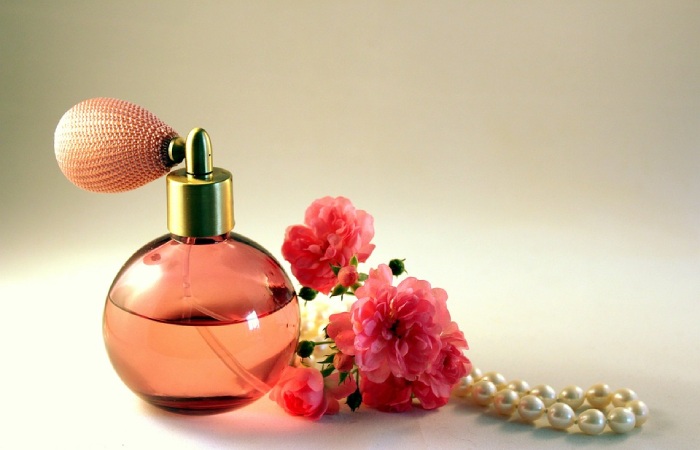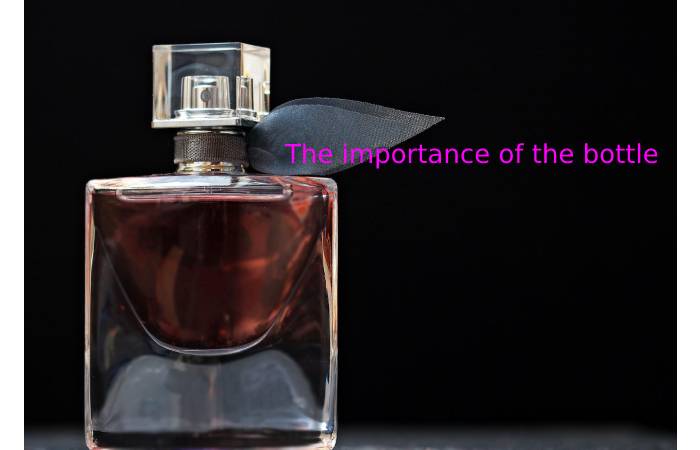What is Perfume?
A perfume is an aromatic compound in cosmetics that gives off a pleasant, persistent odor. The smell is natural, artificial, and original. Generally in a liquid state. Still, it has an exceptional property: it evaporates, giving off a scent that is supposed to be attractive. When a perfume is diffused or applied to the skin, a bouquet of aromas emerges that satisfies our olfactory sense; the term fragrance is attributed to smell.
Perfume – History
The first traces of the use of perfume date back to ancient Egypt. The dead were embalmed, and incense was burned during religious ceremonies. The Greeks and then the Romans made mascaras of flowers in oil. T was the Middle Ages, but mainly the Renaissance, that saw perfume development. Thanks to navigators and traders, we discover new scents from Asia and America, including vanilla and spices. The creation of synthetic products in the 19th century enabled the development of modern perfumery.
Manufacture of Perfume

There are several types of perfumes, according to their content of odorous substances but also according to the composition of these substances.
Types of Perfume
The perfume is a mixture of natural and synthetic fragrant substances, more or less concentrates, and hydroalcoholic solutions. It is the percentage of alcohol and odorous molecules that gives the perfuming product. perfume or extract: with approximately 20% odorous substances in 95% alcohol, it is the most concentrated,
- on average, 15% of fragrant substances in, 85% alcohol.
- approximately 10% odorous molecules in 85% alcohol.
- no more than 5% odorous molecules in 70% alcohol.
- Scented water or freshwater: at most 4% of fragrant substances in little alcohol, or even without alcohol, replaced by floral waters.Generally, the higher the content of odorous substances, the less volatile the fragrance and the more expensive the product.
Composition of the Perfume: the Notes
When we talk about perfume, we often talk about the top, heart, and base notes. They correspond to the composition of odorous substances in the product:
- top notes: these are the first notes, those that we feel as soon as the product is dispersed in the air; fresh notes of citrus fruits or herbs;
- Heart notes: these are the ones that we will smell for several hours. It is the character of the perfume; powerful notes of flowers and fruits;
- base notes: these are the notes that will last several days, which will remain; warm and powerful notes of wood and moss.
Fragrance Families
When we go to perfume, we are generally asked what type of perfume we like: floral, woody, amber, etc. There are indeed seven significant families of smell:
- citrus flavors: composting of fruit zest: orange, bergamot, citron;
- floral fragrances: essentially composed of flowers: jasmine, rose, violet;
- fern scents: woody, lavender, oakmoss notes;
- chypre fragrances : accords of oak moss, patchouli, bergamot;
- woody aromas: warm notes of sandalwood, patchouli, and cedar;
- amber scents: oriental fragrances, sweet, powder with vanilla;
- leather fragrances: composed of dry notes of tobacco, smoke, and burnt wood.
Precautions for Using Perfume
Due to the presence of alcohol in perfumes, their application to the skin before exposure to the sun or under a UV device can lead to the appearance of irreversible spots on the skin.
It also not recommend applying to children. There are scented waters for babies and young children in which floral waters replace alcohol.
The importance of the Bottle of Perfume

As the scent of a fragrance is difficult to guess, the bottle becomes a tool to promote the perfume. In this sense, the bottle materializes the aroma; it reflects its character(s), making the bottle a pilot for the fragrance’s popularity. Therefore, the bottle wants to be the “physical person” of the perfume.
The Ambassador
The creators do not hesitate to call on a muse to attest to the message delivered by a perfume. The poet in question will boost the image of the smell through her personality. If it is, therefore, a very sensual fragrance, the choice of the muse will logically fix on a woman or man who naturally releases sensuality. Thus, bottle and muse complement each other to materialize the fragrance.
Who Invented the First Perfume?
It was first the Cretans and the Phoenicians who benefits from the know-how of the Egyptians in terms of perfume, which they passed on to the Greeks. With their various trading posts in the Middle East, they discovered and imported new fragrant materials such as saffron or incense.
How is Perfume made?
There are two manufacturing processes for it: distillation and extraction. It consists in extracting the fragrance by steam in a still. The still is a steel tank surmounted by a serpentine pipe in which the plants and 5 to 10 times their volume of water place.
Where are the Perfumes made?
We don’t know much about it, but 90% of perfume bottles sold worldwide are made in Normandy at two production sites: Orne at Ecouché and Argentan and Seine-Maritime in Bresle valley. (Aumale and Blangy) where an old industrial tradition dating back to the Middle Ages continues.
Conclusion
A weapon of seduction, perfume partially reveals the person’s personality who appropriates it. A pleasant aromatic smell exhales like smoke, like a vapor, from an odoriferous body. A composition that gives off a pleasant aroma. Design of a strong odor used in lazarets to purify people and things. Among gold shooters, the arrangement gives fumage to silver wire to make it pass for gold wire perfume of August, kind of pear.

